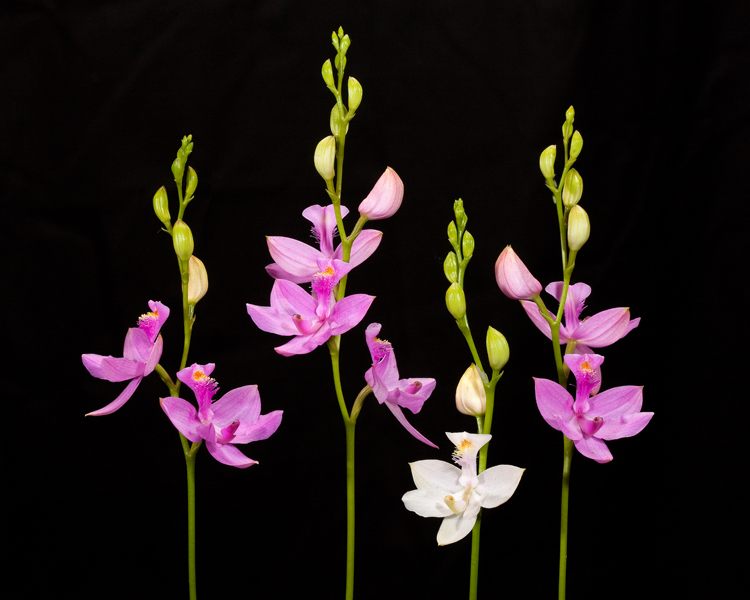Experiment
SERC scientists look at plants’ growth patterns in different habitats and study the abiotic and biotic factors needed to grow and reproduce in the wild with the goal of deciphering what environmental conditions plant and their surrounding symbiotes need to survive. This decade-long research has looked at Mid-Atlantic plants and their interaction with the environments, more recently focusing on how these native plants interact with fellow native plants and symbiotes in their ecosystem. Through partnerships this study will include research on native plant ecosystems in Pennsylvania, Delaware, Minnesota, and Alaska. Through their study, students in each region are aiding in the conservation of native plants while also creating green spaces inside and outside of the classroom. The students are partners alongside SERC scientists, aiming to improve biology and propagation conservation efforts. The students’ work helps to expand data collection and study range and ultimately improve the long-term conservation of native plants.
Methods
In order to find the most effective way to propagate native plants, each participating classroom will get seedlings to grow. Students will look at how plants best flourish in various conditions: grow in different environments (i.e., different fertilizer types), relationships between pollinators (which pollinators are most attracted to the plants), microbial symbiotic relationships (how microbes aid or hinder plant growth), and best ways for relocating plants from indoors to outdoors. By undergoing these processes, we will better under the best habits needed for optimum growth of these native plants and ultimately allow scientists to implement better conversation practices. In the 2023-2024 school year, students will focus on how different combinations of soil and microbes impact plant survivorship and growth.
Study Species
Calopogon tuberosus is found along the eastern coast of North America as far as the northern Caribbean, making it the broadest range of any Calopogon. It has been deemed the grass pink orchid due to its grass-like leaves and the magenta to pink or sometimes white flowers. The pink orchid is an herbaceous perennial that produces up to 25 flowers. Calopogon tuberosus is listed as secure globally by the NatureServe. However, is critically imperiled Maryland, Delaware, and Virginia, and presumed extirpated in Washington DC.

Calopogon tuberosus curtesy of Dennis Wigham

